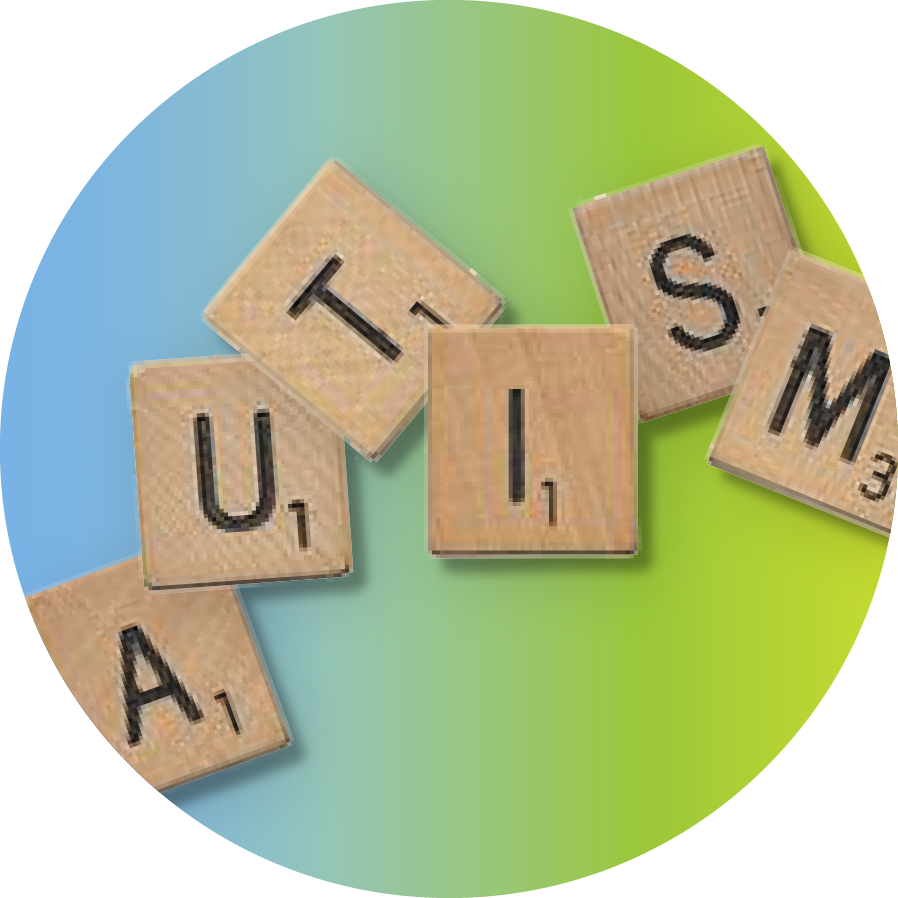Note: This short article was primarily put together for reference. The actual process for diagnosing ASD is much more complex than just the steps and areas of note published in the DSM-5. Only medically-licensed professionals are able to properly diagnose ASD and any co-occurring conditions. This article is meant for reference use only and is not intended to provide medical advice.
Getting a proper autism (ASD) assessment or diagnosis may seem complicated, but in reality, only a few specialists need to be contacted in order to set up an evaluation. Autism diagnoses can only be given by a select group of medically-licensed professionals. The professions that can give an autism diagnosis include:
- Developmental Pediatricians
- Pediatric Neurologists
- Child Psychiatrists
- Child Psychologists
The American Psychiatric Association Diagnostic and Statistical Manual of Mental Disorders (DSM-5) includes guidelines professionals use to look for signs of ASD.
What is Observed for an Autism Diagnosis
The DSM-5 specifies five areas that need to be evaluated for an ASD diagnosis.
Persistent Deficits in Social Communication and Social Interaction Across Multiple Contexts
The first area observed by doctors looking at a potential ASD diagnosis focuses on social issues. Please note that this is a list for reference–only medically licensed professionals can make a proper diagnosis for ASD. There are a few specific things that need to be carefully observed:
- Deficits in social-emotional reciprocity.
- Abnormal social approaches
- Failure to have a reciprocal conversation
- Lack of sharing interests
- Lack of emotions
- Failure to respond to social queues and interactions
- Deficits in nonverbal communicative behaviors.
- Poor communication (nonverbal and nonverbal in tandem with verbal)
- Lack of eye contact
- Abnormal body language
- Lack of facial expressions
- Unable to interpret gestures
- Deficits in developing, maintaining, and understanding relationships.
- Difficulty adjusting to varying social situations
- Difficulty with play or making friends
- Lack of interest in peers
Restricted, Repetitive Patterns of Behavior, Interests, or Activities
Doctors look for specific patterns or combinations of behaviors, interests, and activities to help guide an autism evaluation.
- Repetitive motor skills, movements, speech, or use of objects.
- Repeated gestures or motions
- Specific, repetitive organization
- Repeated idiosyncrasies
- Insistence on sameness.
- Inflexible to routine changes
- Ritualized patterns
- Rigid thinking or action patterns
- Highly restricted or fixated interests.
- Strong attachments or preoccupations with unusual objects
- Excessive use or focus on a specific object
- Hyperactivity to sensory input.
- Indifference to pain or extreme temperatures
- Adverse reactions to specific sensory stimuli
- Excessive fascination with sensory stimuli
ASD Symptoms Over Time
ASD symptoms must be present in early development but may not manifest fully until social demands exceed limited capacities or are masked by learned strategies later in life. The DSM-5 notes that some symptoms of ASD can only become apparent later in life, as an individual is forced to interact with more of the world. These symptoms alone may not be enough for an ASD diagnosis if no symptoms were present in an individual as a child.
Significant Social Impairments
Records of ASD symptoms causing clinically significant impairment in social, occupational, or other areas of functioning. Medical professionals performing ASD diagnoses will look at social interactions and any impairments. Accepted social queues, communication, and other social stimuli will be used to evaluate.
No Evidence of Intellectual Disability
ASD evaluations must have evidence to rule out other diagnoses of intellectual disabilities. Although ASD frequently occurs alongside other intellectual disabilities, the diagnoses must be made separately. Social factors such as communication are commonly used to differentiate ASD from intellectual disabilities but are not always the case.
Use of Autism Diagnosis Criteria Reference
This short article was primarily put together for reference. The actual process for diagnosing ASD is much more complex than just the steps and areas of note published in the DSM-5. Only medically-licensed professionals are able to properly diagnose ASD and any co-occurring conditions.
The guidelines in the DSM-5 are also useful as a quick reference for things to notice in a young child’s development. Again, only medically-licensed professionals can diagnose ASD, but parents must take note of any developmental abnormalities as a child ages.
ABA Therapy from IABA Consultants
If you have questions regarding autism treatment, education, or plans using ABA therapy, we are here for you! Our goal is to make sure no family is turned away due to financial constraints. Our therapy team would love to talk to you. Find the location closest to you and give us a call. We’re here for you.


